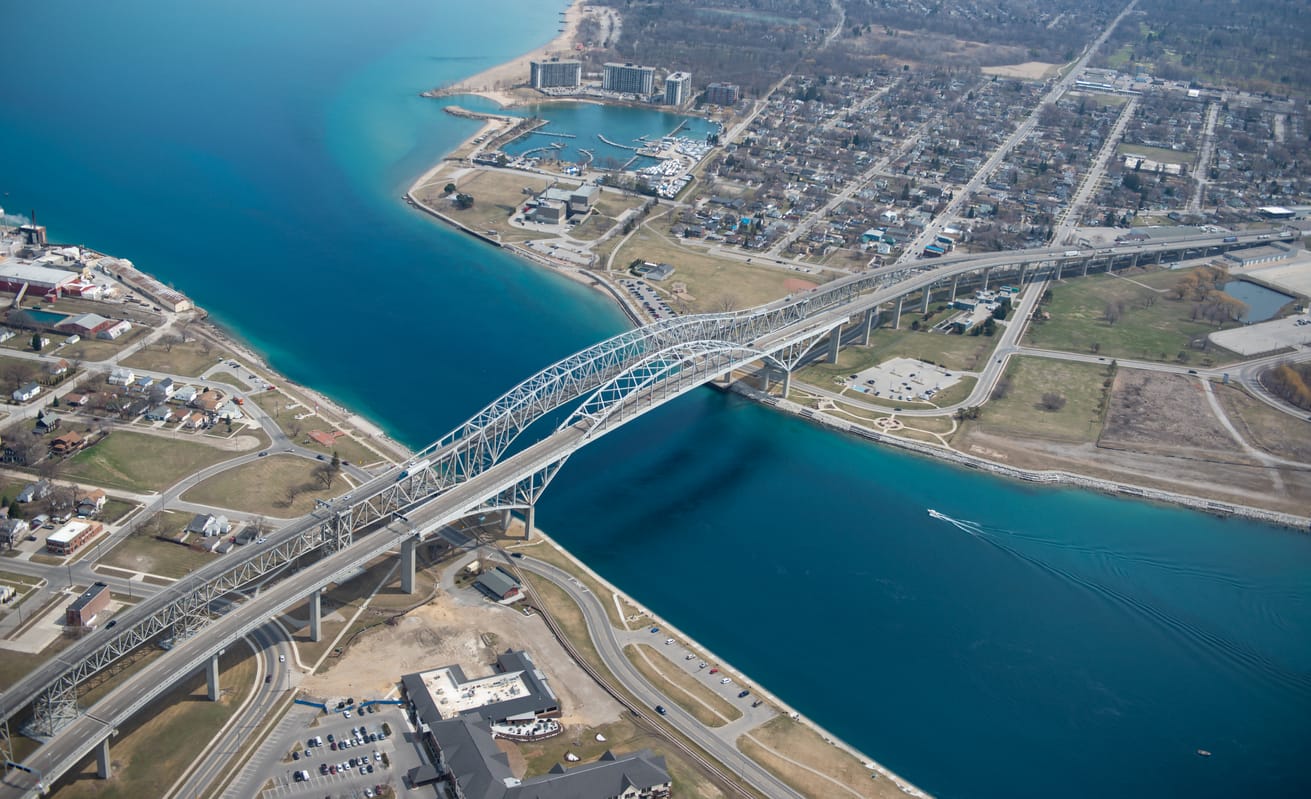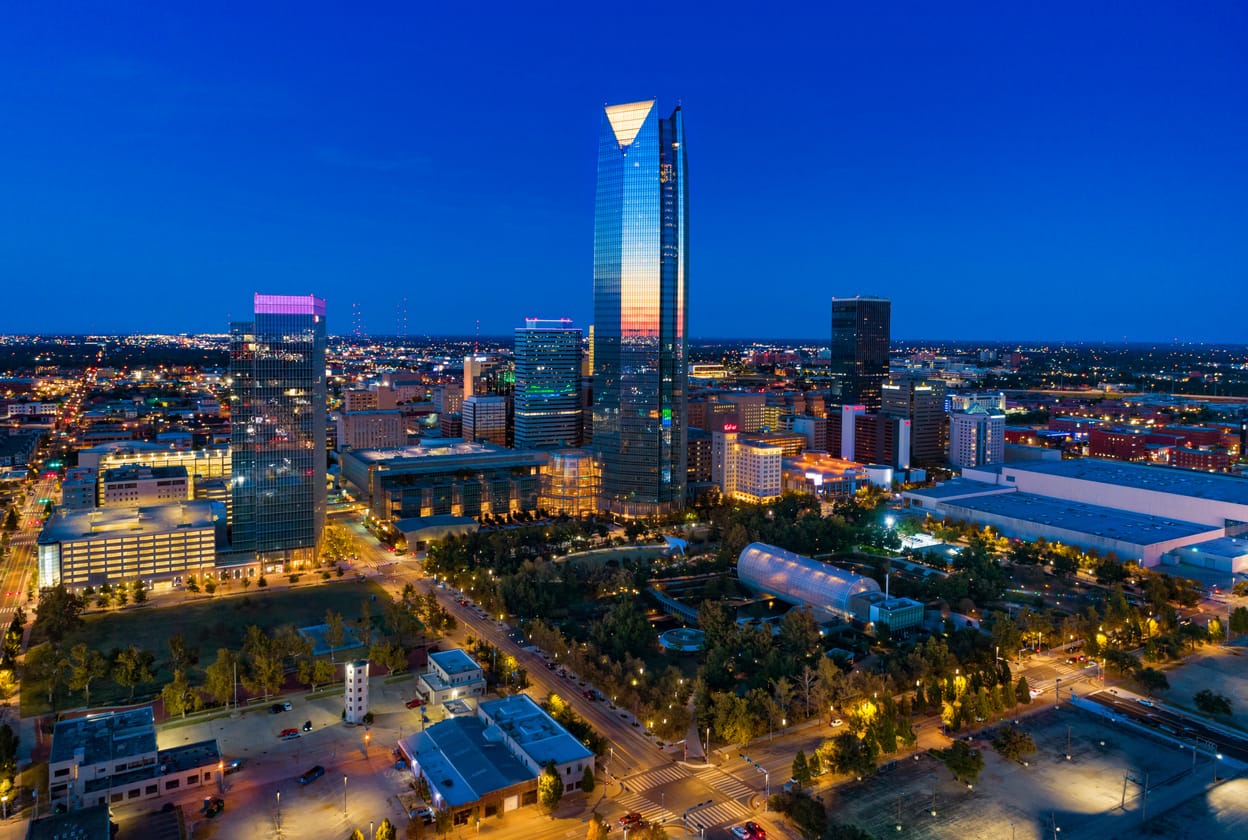Shipping from the State of Michigan to Oklahoma
Michigan, popularly known as the Wolverine State or the Great Lake State joined the union in 1837. Located in the center of the Great Lakes, Michigan is divided into two land masses known as the Upper and Lower Peninsulas, the country’s only state to consist of two peninsulas. The Mackinac Bridge, which connects Michigan’s upper peninsula to the rest of the state, spans five miles and is one of the world’s longest suspension bridges. With the state capital Lansing, Detroit, the state’s largest city, is the abode of the American auto industry and is the birthplace of Motown Records, and among the largest metropolitan economies.

The Great Lakes that border Michigan from east to west are Lake Erie, Lake Huron, Lake Michigan and Lake Superior. The state is fenced on the south by the states of Ohio and Indiana, sharing land and water boundaries with both. Michigan’s western boundaries are almost entirely water boundaries, from south to north, with Illinois and Wisconsin in Lake Michigan.
The state motto is- Si quaeris peninsulam amoenam circumspice (“If you seek a pleasant peninsula, look about you”)
Shipping to the State of Michigan to Oklahoma
The land that today composes Oklahoma was added to the USA as part of the Louisiana Purchase of 1803. Throughout the 19th century, the U.S. government relocated Indian tribes from the southeastern United States to the area, and by 1900, over 30 Indian tribes had been transferred to what was originally called the Indian Territories. At the same time, ranchers in Texas started to relocate into the area searching for new pasture lands, as well as the government at some point opened the land to settlement, creating “land runs” in which inhabitants were enabled to go across the border at a specific hr to insurance claim homesteads.

Settlers that broke the law as well as crossed the boundary faster than enabled were called “Sooners,” which ultimately came to be the state’s nickname. Oklahoma ended up being the 46th state in 1907, complying with numerous acts that incorporated an increasing number of Indian tribal lands into the UNITED STATE area. After its inclusion in the union, Oklahoma ended up being a center for oil manufacturing, with much of the state’s early development coming from that industry. Throughout the 1930s, Oklahoma experienced droughts as well as high winds, ruining numerous ranches and developing the well-known dust bowl of the Great Clinical depression era.
